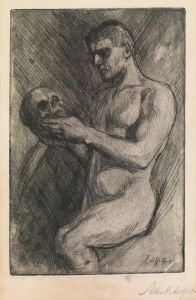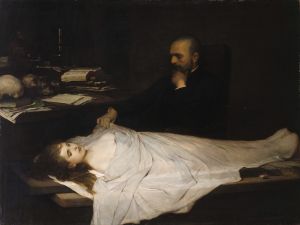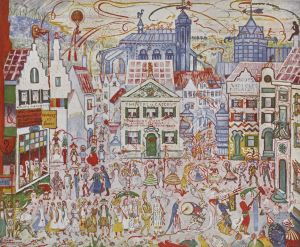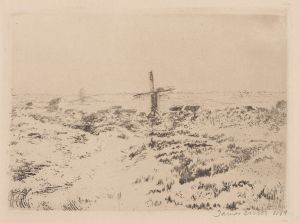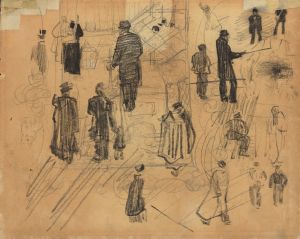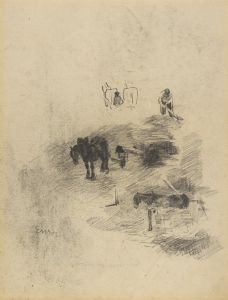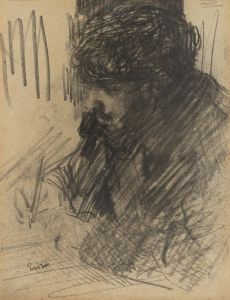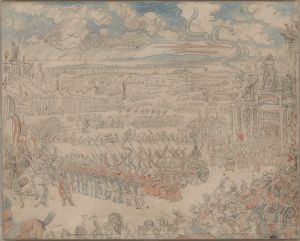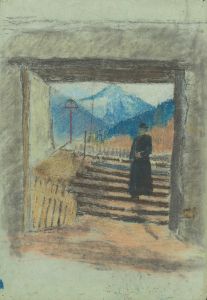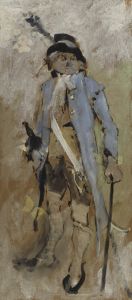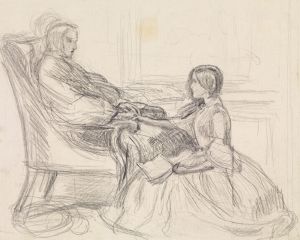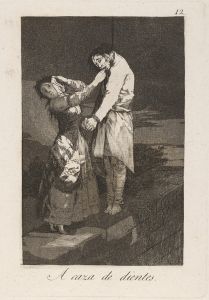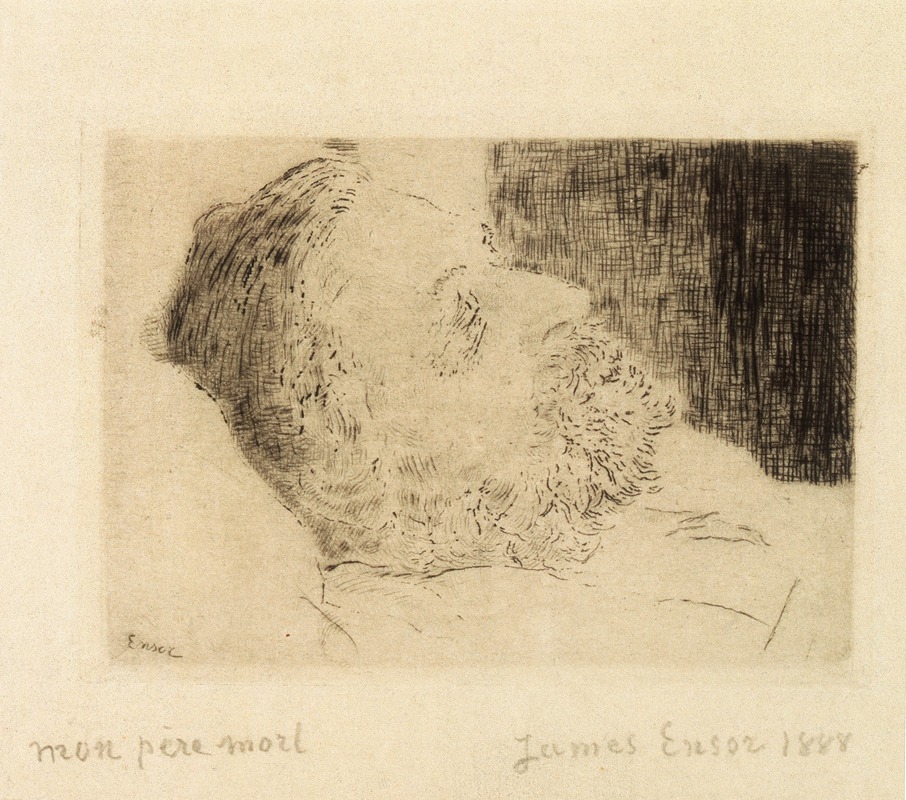
Mijn dode vader
A hand-painted replica of James Ensor’s masterpiece Mijn dode vader, meticulously crafted by professional artists to capture the true essence of the original. Each piece is created with museum-quality canvas and rare mineral pigments, carefully painted by experienced artists with delicate brushstrokes and rich, layered colors to perfectly recreate the texture of the original artwork. Unlike machine-printed reproductions, this hand-painted version brings the painting to life, infused with the artist’s emotions and skill in every stroke. Whether for personal collection or home decoration, it instantly elevates the artistic atmosphere of any space.
James Ensor, a prominent Belgian painter and printmaker, is known for his unique and often provocative works that blend elements of symbolism and expressionism. One of his lesser-known works is "Mijn dode vader" (translated as "My Dead Father"). While there is limited information available specifically about this painting, Ensor's broader body of work and artistic style can provide context for understanding this piece.
James Ensor was born on April 13, 1860, in Ostend, Belgium, and spent most of his life there. He was a key figure in the Belgian avant-garde movement and is often associated with the group Les XX, which was founded in 1883. Ensor's work is characterized by its bold use of color, intricate detail, and often macabre or satirical subject matter. He frequently explored themes of death, masks, and the grotesque, reflecting his fascination with the human condition and societal norms.
Ensor's upbringing in a family that ran a curiosity shop filled with exotic objects and carnival masks had a significant influence on his artistic development. This environment exposed him to a wide range of visual stimuli, which later manifested in his art through the use of vivid imagery and fantastical elements. His work often challenges conventional aesthetics and delves into the surreal, making him a precursor to later movements such as surrealism and expressionism.
While specific details about "Mijn dode vader" are scarce, it is likely that the painting reflects Ensor's interest in themes of mortality and the human psyche. Ensor frequently depicted skeletons and other symbols of death in his work, using them as metaphors for the transient nature of life and the inevitability of death. This thematic focus is evident in some of his more famous works, such as "The Skeletons Fighting Over a Pickled Herring" and "The Entry of Christ into Brussels in 1889."
Ensor's use of masks and skeletons can be seen as a critique of societal norms and the superficiality of human interactions. By portraying figures with masks or as skeletons, Ensor strips away the façade of civility and exposes the underlying truths of human nature. This approach aligns with the broader symbolist movement, which sought to express the deeper meanings and emotions underlying everyday life.
Despite facing criticism and rejection from the mainstream art community during his early career, Ensor's work eventually gained recognition and acclaim. In 1929, he was awarded the title of Baron by King Albert I of Belgium, and his influence on modern art has been widely acknowledged. Ensor's legacy is evident in the works of later artists who embraced similar themes and techniques, further cementing his place in art history.
In summary, while specific information about "Mijn dode vader" is limited, James Ensor's broader artistic themes and style provide insight into the possible significance of the painting. His exploration of death, masks, and societal critique remains a defining aspect of his work, contributing to his enduring impact on the art world.





